Japan is home to many quaint towns that offer a glimpse into its rich history and culture. Each town has its unique charm and attractions, making them perfect for exploration. From traditional tea houses to serene gardens, these towns are filled with delightful surprises. Whether you’re looking for a peaceful retreat or a cultural adventure, these quaint Japanese towns are worth a visit.
Takayama
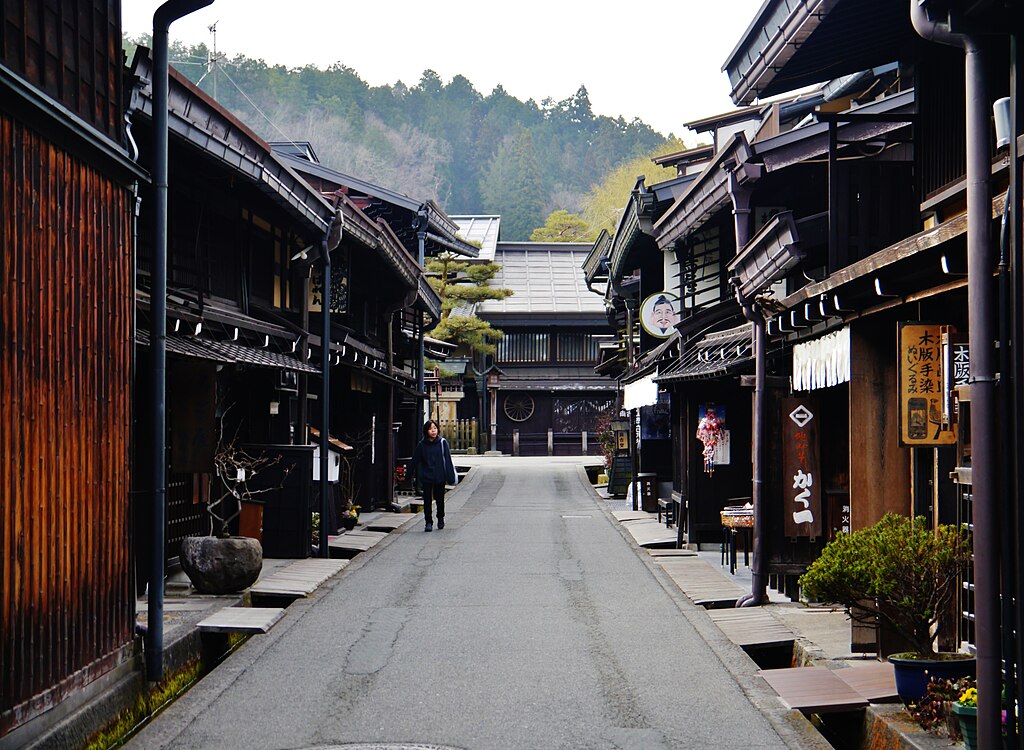
Nestled in the Japanese Alps, Takayama is known for its beautifully preserved Edo-period streets. The town’s historic district, Sanmachi Suji, is filled with old wooden houses, sake breweries, and small museums. Takayama’s biannual festivals, featuring elaborate floats and traditional performances, are a major draw. The nearby Hida Folk Village offers a fascinating look at rural architecture and customs.
Kanazawa
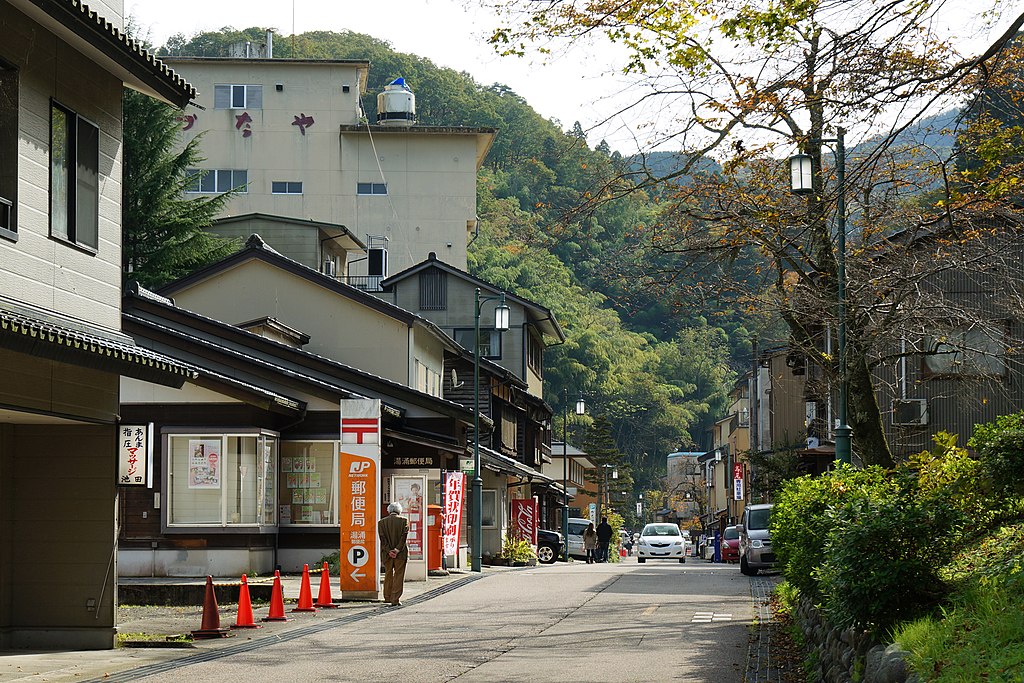
Kanazawa boasts one of Japan’s most famous gardens, Kenrokuen, a stunning landscape that changes with the seasons. The town is also home to the preserved samurai district of Nagamachi and the charming geisha district of Higashi Chaya. Kanazawa’s 21st Century Museum of Contemporary Art adds a modern twist to its historical ambiance. The local seafood market, Omicho, offers a taste of fresh, regional cuisine.
Kurashiki
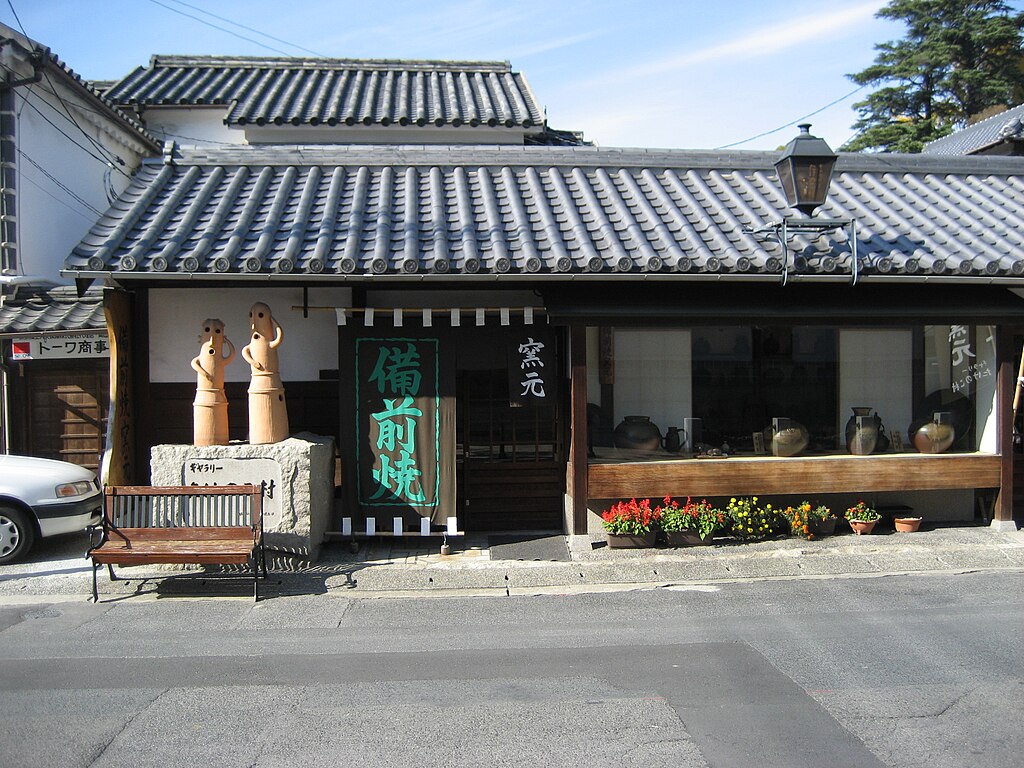
Kurashiki’s picturesque canal area, Bikan Historical Quarter, is lined with white-walled storehouses and willow trees. The town’s Ohara Museum of Art, Japan’s first museum of Western art, features works by Monet, Renoir, and El Greco. Traditional craft shops and quaint cafes add to the area’s charm. Kurashiki Ivy Square, a converted factory complex, provides a unique blend of history and modernity.
Nikko
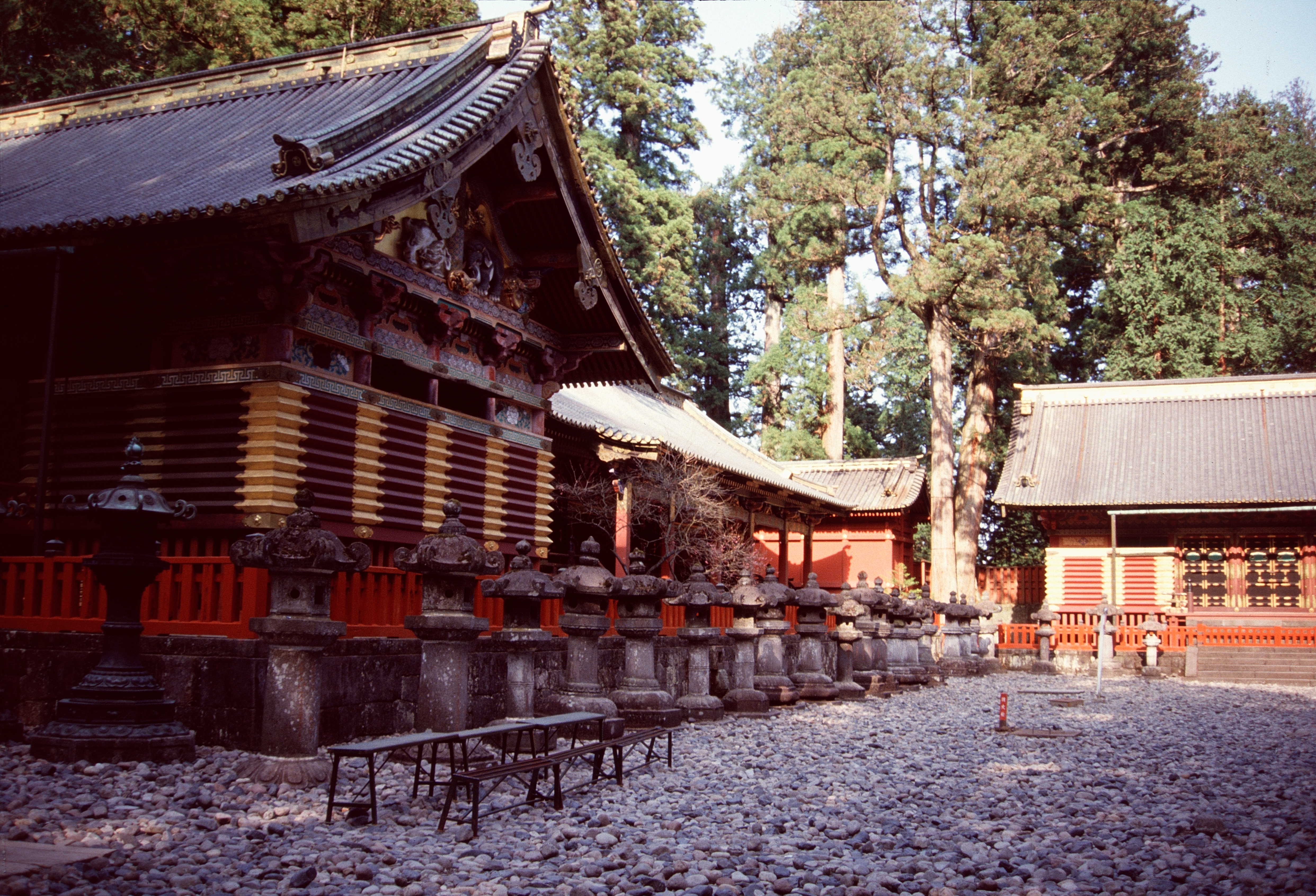
Known for its UNESCO World Heritage sites, Nikko is home to the ornate Toshogu Shrine, dedicated to Tokugawa Ieyasu. The town’s natural beauty is showcased in its surrounding national park, with waterfalls, lakes, and hot springs. Nikko’s historic temples and shrines are set against a backdrop of lush forests and mountains. The scenic Irohazaka winding road offers breathtaking views of the autumn foliage.
Hakone
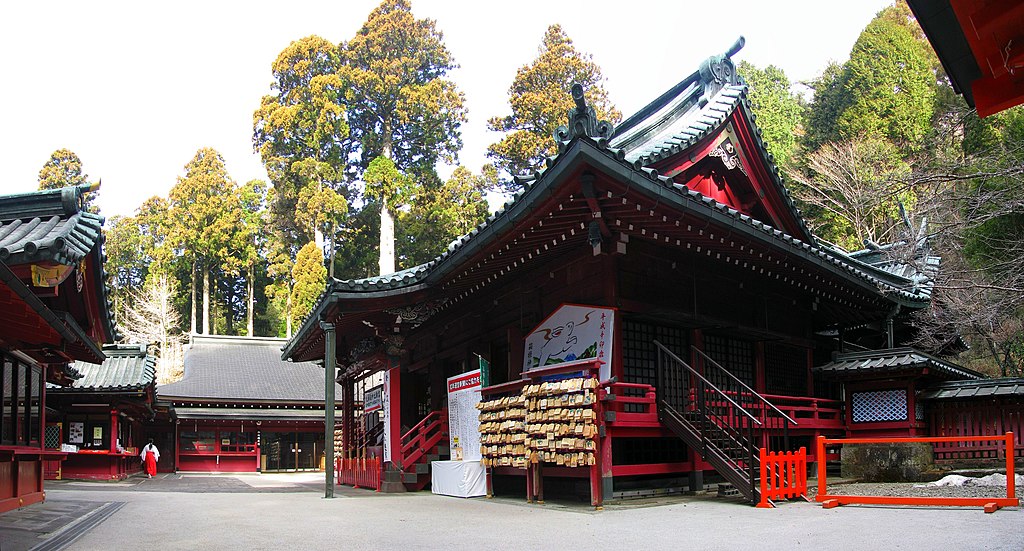
Hakone is a popular retreat known for its hot springs, art museums, and views of Mount Fuji. The Hakone Open-Air Museum features sculptures set in beautiful natural surroundings. Visitors can enjoy a relaxing boat ride on Lake Ashi, with the iconic Mt. Fuji in the background. The town’s historic Hakone Checkpoint provides insight into the Edo period’s travel and trade.
Yufuin
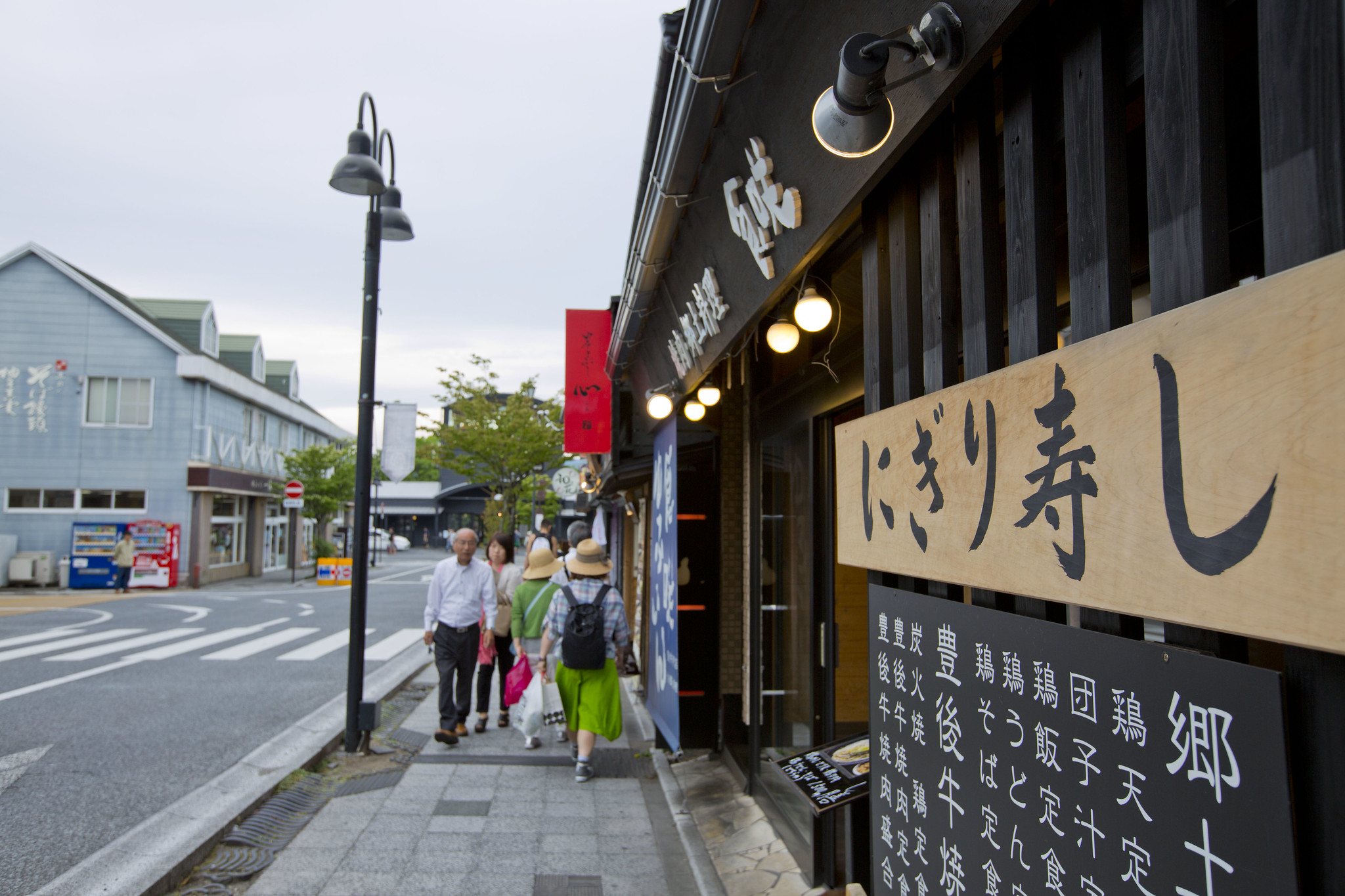
Yufuin is a serene hot spring town located in Kyushu, offering a relaxing escape with stunning views of Mount Yufu. The town’s main street is lined with quaint shops, art galleries, and cafes. Lake Kinrin, surrounded by misty mornings, is a picturesque spot for a stroll. Yufuin Floral Village, inspired by a Cotswolds village, adds a whimsical touch.
Magome
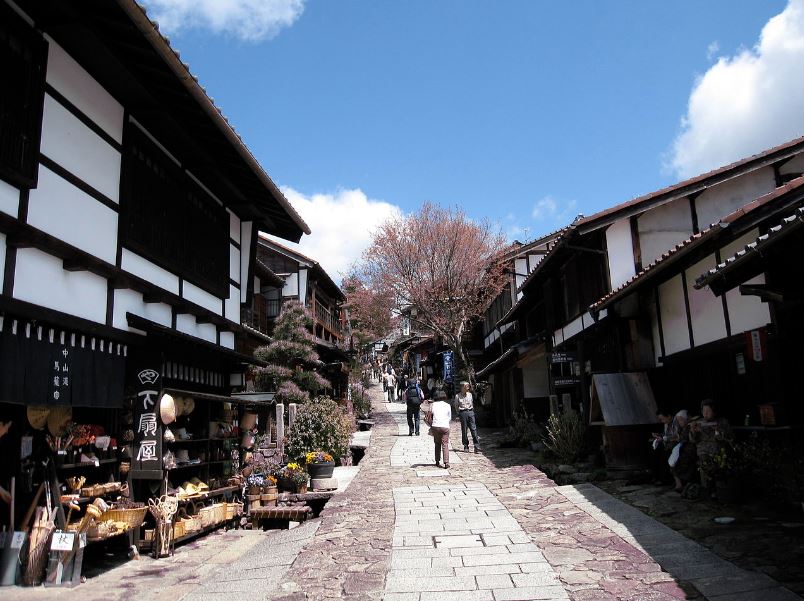
Magome, a post town on the historic Nakasendo trail, offers a glimpse into Japan’s Edo-period travel routes. The town’s cobbled streets and traditional wooden buildings transport visitors back in time. The scenic trail between Magome and Tsumago is perfect for a leisurely hike. Along the way, travelers can enjoy beautiful mountain views and waterfalls.
Tsumago
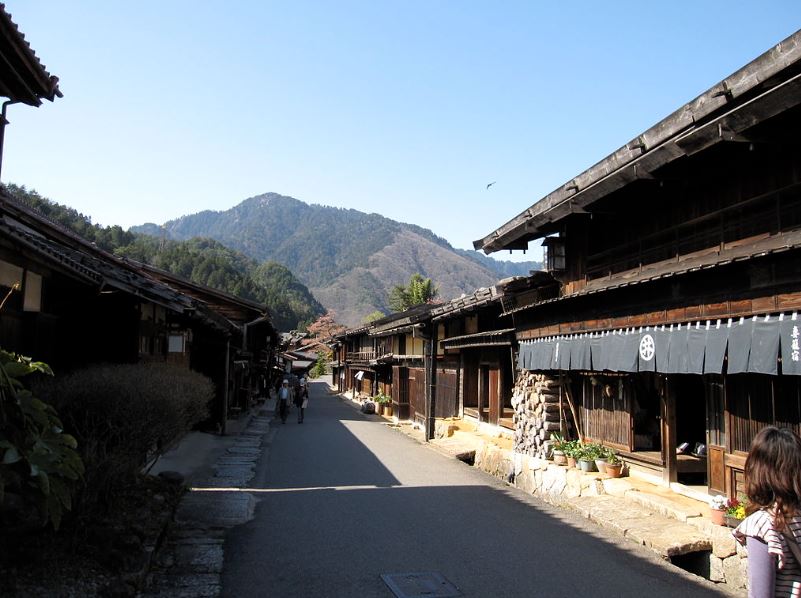
Tsumago is another well-preserved post town on the Nakasendo trail, retaining its historic charm and tranquility. The town prohibits modern modifications, maintaining an authentic Edo-period atmosphere. Visitors can stay in traditional inns, enjoy local cuisine, and explore ancient temples. Tsumago’s preservation efforts make it a living museum of Japan’s past.
Hida-Furukawa
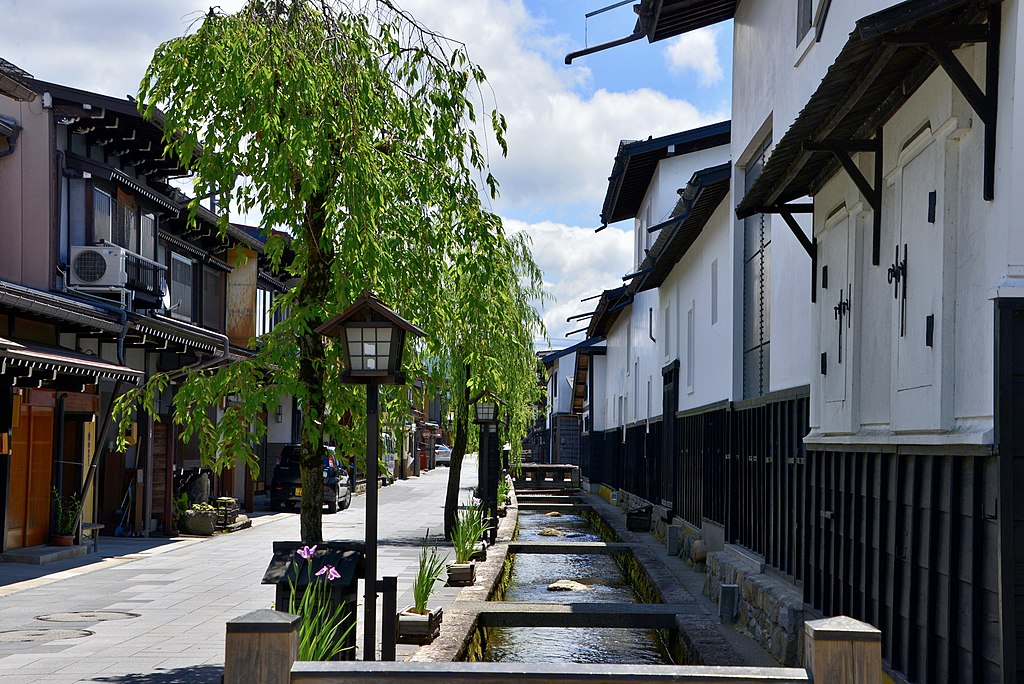
Hida-Furukawa, a quieter neighbor to Takayama, offers a more intimate experience with its charming streets and canals. The town is known for its traditional crafts, including carpentry and paper making. The annual Furukawa Festival features dramatic processions and traditional floats. Cycling through the scenic countryside is a popular activity for visitors.
Ine
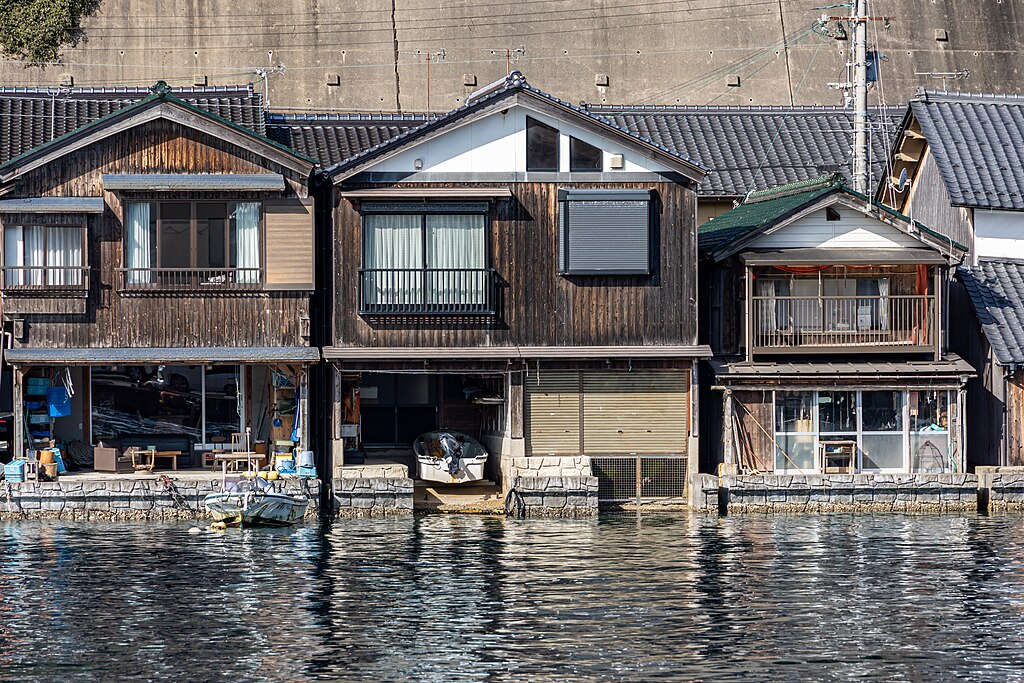
Ine is a unique fishing village along the Sea of Japan, known for its funaya, traditional boathouses built on the water. These houses serve as both residences and boat storage, creating a picturesque waterfront scene. Visitors can enjoy boat tours, fresh seafood, and stunning coastal views. Ine’s tranquil setting and rich maritime culture make it a hidden gem.
Gujo Hachiman
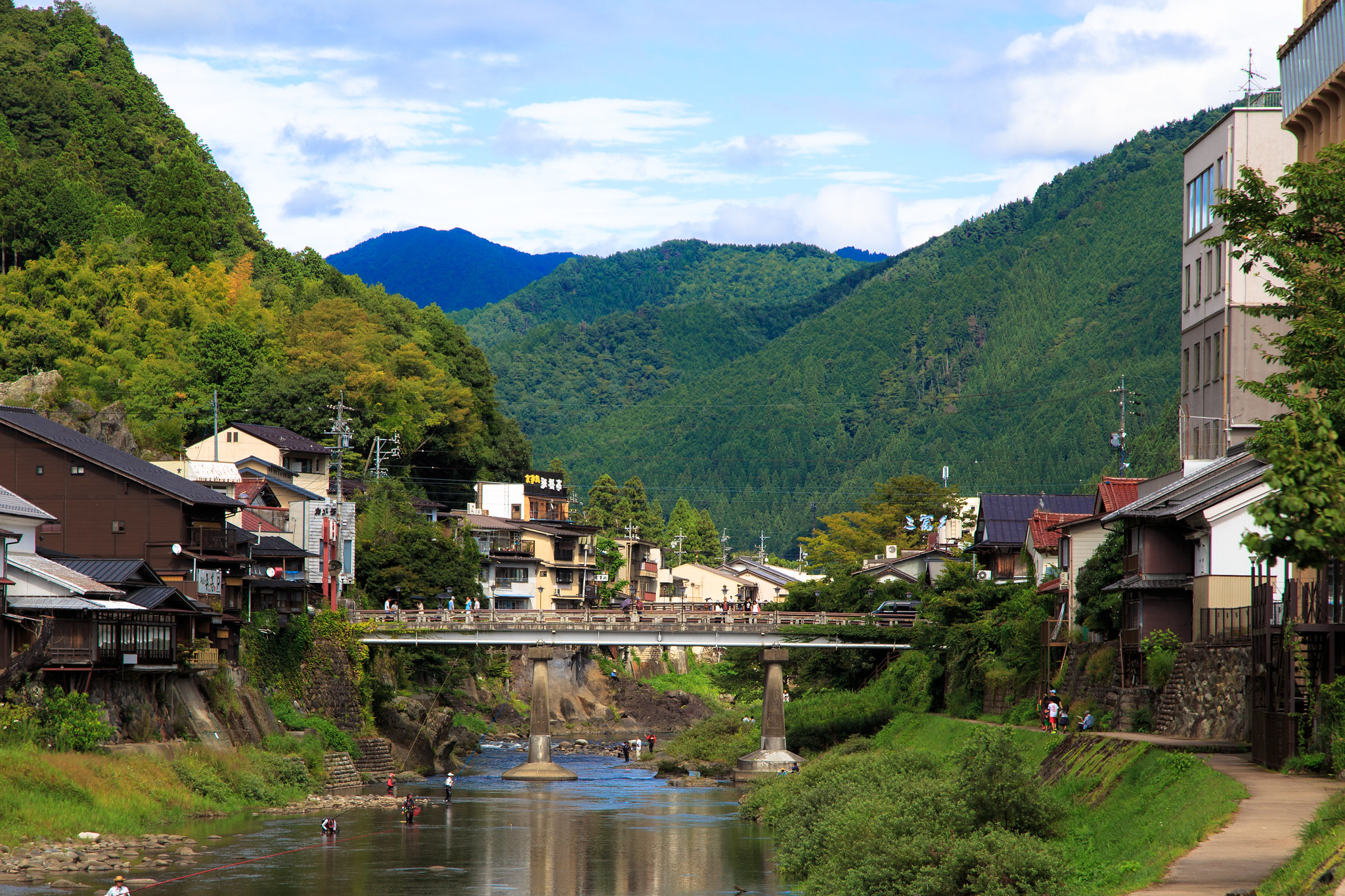
Gujo Hachiman is a charming town known for its pristine waterways and traditional dance festival, Gujo Odori. The town’s historic castle offers panoramic views of the surrounding landscape. Visitors can try their hand at making food replicas, a local craft for which Gujo Hachiman is famous. The clear rivers and canals are perfect for a refreshing summer swim.
Ouchi-juku
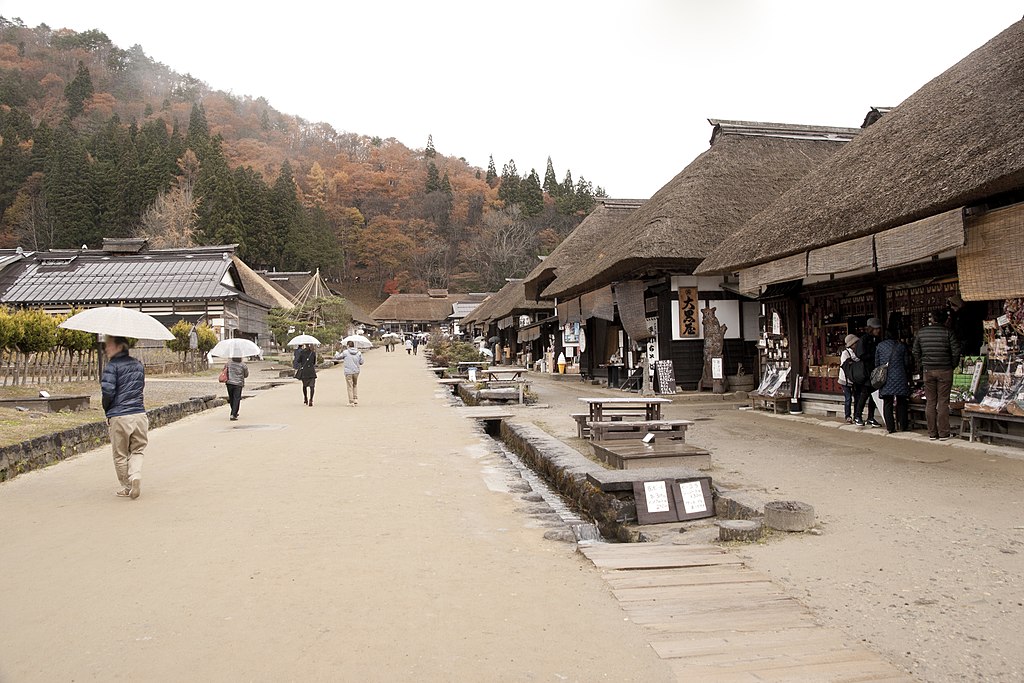
Ouchi-juku is a former post town with thatched-roof houses, offering a glimpse into Japan’s Edo-period travel. The town’s main street is lined with traditional buildings and souvenir shops. Visitors can sample local delicacies like negi soba, a noodle dish eaten with a leek. The surrounding mountains provide a stunning backdrop and opportunities for scenic hikes.
Arima Onsen
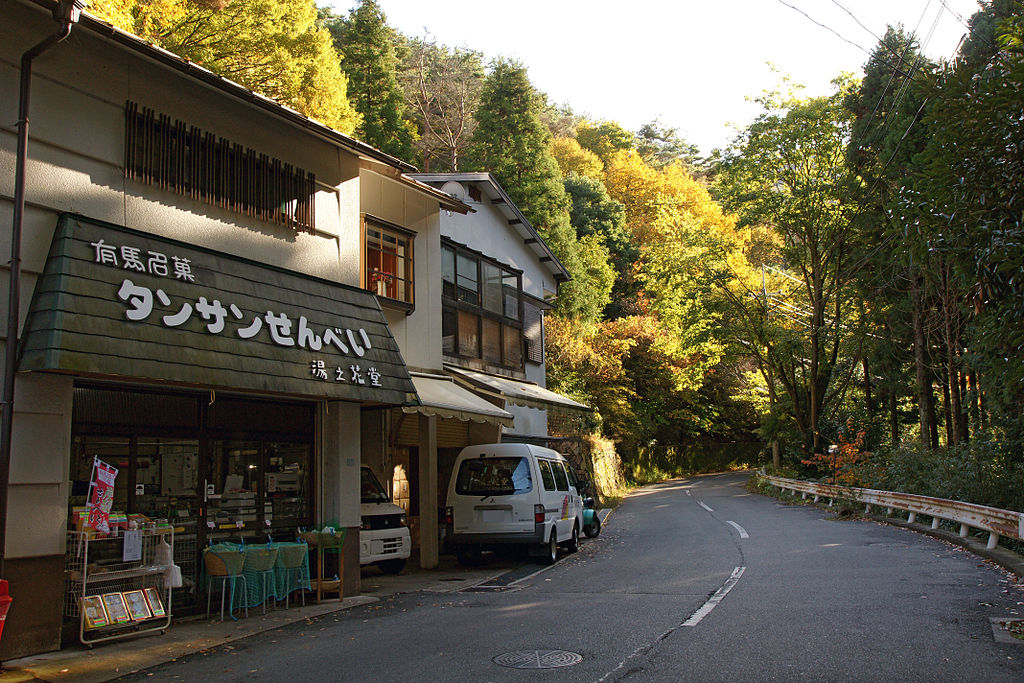
Arima Onsen, one of Japan’s oldest hot spring towns, is nestled in the mountains near Kobe. The town’s golden and silver springs are famous for their healing properties. Visitors can explore historic temples, traditional inns, and quaint shops. Arima’s serene atmosphere and therapeutic waters make it a popular retreat.
Kakunodate
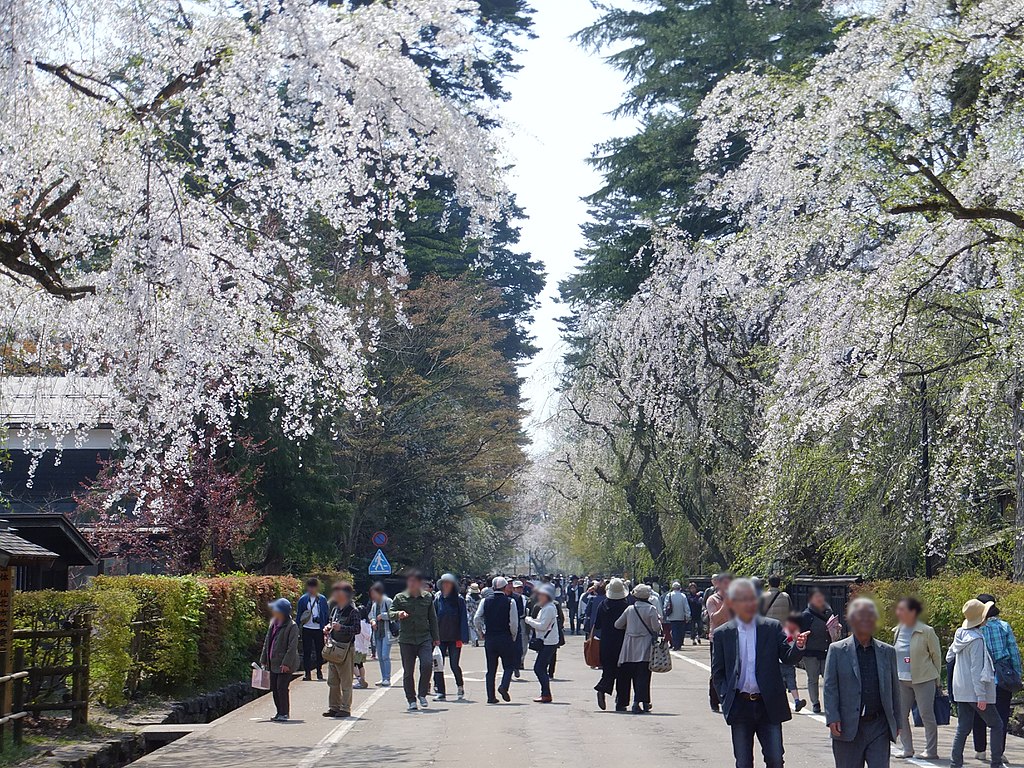
Kakunodate, known as “Little Kyoto,” is renowned for its well-preserved samurai district and cherry blossom trees. The town’s samurai houses, some of which are open to the public, provide a glimpse into the lives of Edo-period warriors. Kakunodate’s annual cherry blossom festival attracts visitors from all over Japan. The town’s rich history and beautiful scenery make it a must-visit.
Narai
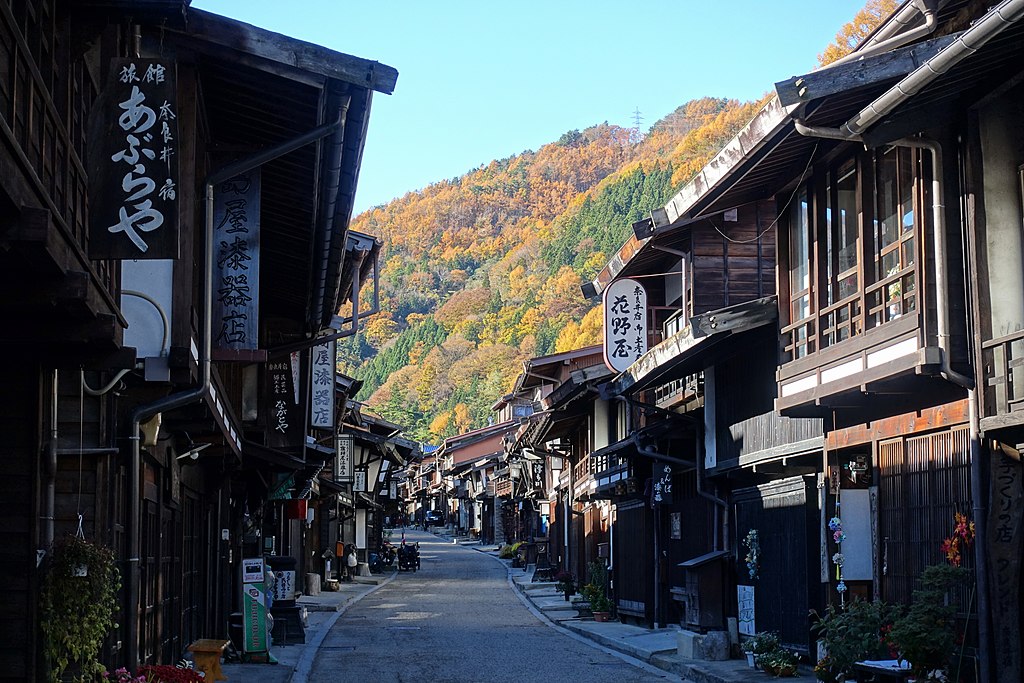
Narai, a post town on the Nakasendo trail, offers a well-preserved slice of Japan’s Edo-period history. The town’s wooden buildings and narrow streets transport visitors back in time. Local shops sell traditional crafts and sweets, adding to the nostalgic atmosphere. Narai’s scenic location in the Kiso Valley makes it a picturesque stop for travelers.
Shirakawa-go
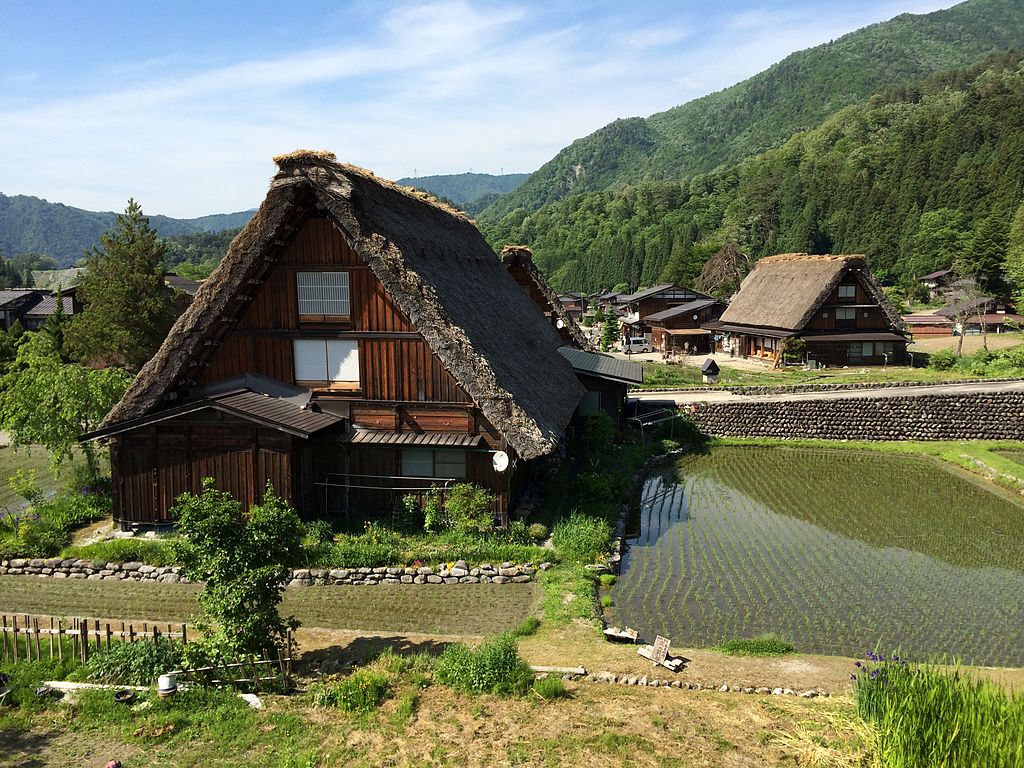
Shirakawa-go is famous for its gassho-zukuri farmhouses, with steep thatched roofs designed for heavy snowfall. The village’s unique architecture and rural setting have earned it UNESCO World Heritage status. Visitors can stay in these traditional houses and experience a way of life that has remained unchanged for centuries. The seasonal changes, from snow-covered winters to lush green summers, make Shirakawa-go a year-round destination.
Onomichi
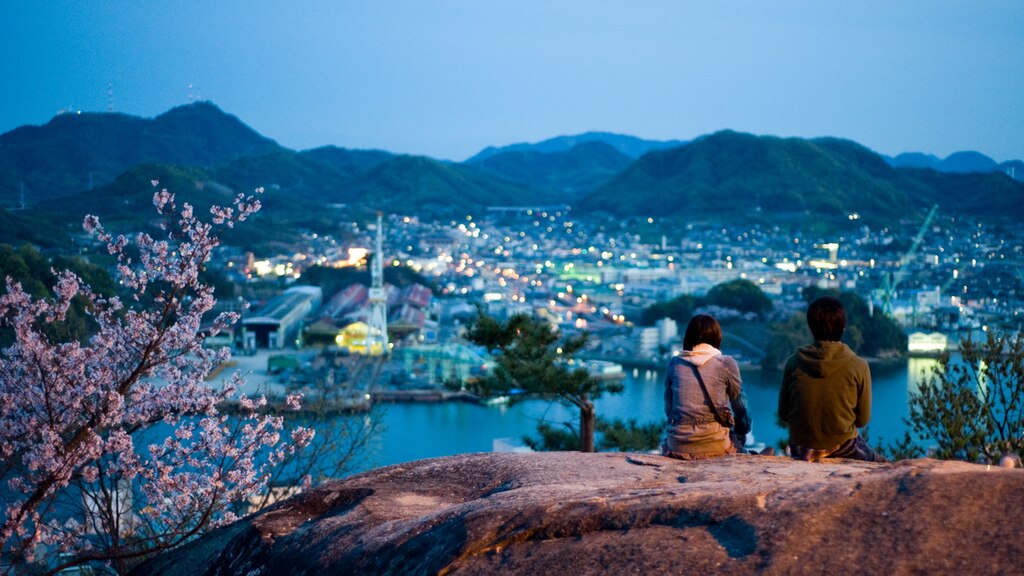
Onomichi, a port town in Hiroshima Prefecture, is known for its scenic temples and narrow, hilly streets. The town’s Temple Walk connects 25 historic temples and offers stunning views of the Seto Inland Sea. Onomichi’s laid-back atmosphere and charming old neighborhoods make it a delightful place to explore. The town is also a starting point for the Shimanami Kaido, a popular cycling route across the islands.
Matsue
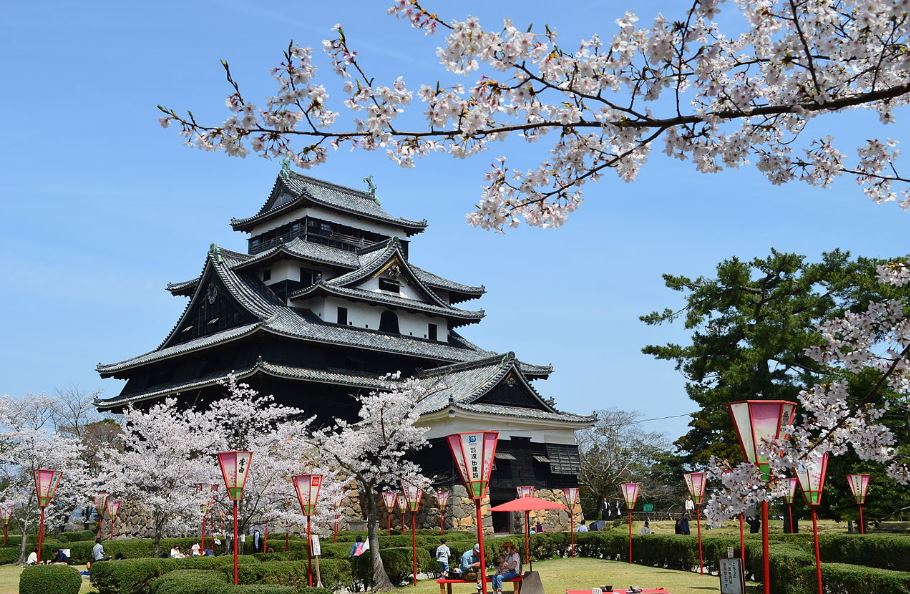
Matsue, the “City of Water,” is surrounded by lakes and rivers, offering picturesque views and boat tours. The town’s Matsue Castle, one of Japan’s few remaining original castles, provides panoramic views and historical exhibits. Visitors can explore the scenic samurai district and traditional teahouses. Matsue’s annual “Lake Shinji Fireworks Festival” is a highlight of the summer season.
Nara
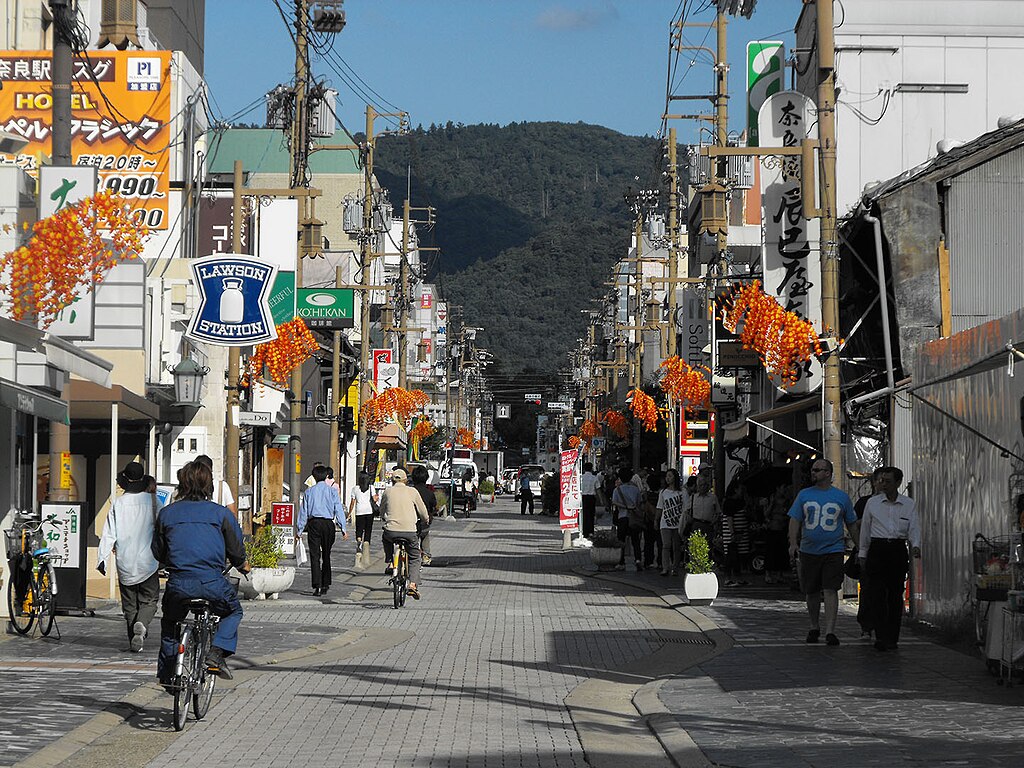
Nara, Japan’s ancient capital, is home to some of the country’s most significant historical sites, including Todai-ji Temple and its giant Buddha statue. The town’s Nara Park is famous for its friendly, free-roaming deer. Visitors can explore the well-preserved temples, shrines, and gardens that reflect Nara’s rich cultural heritage. The town’s blend of history, nature, and tranquility makes it a must-visit.
Hida-Takayama
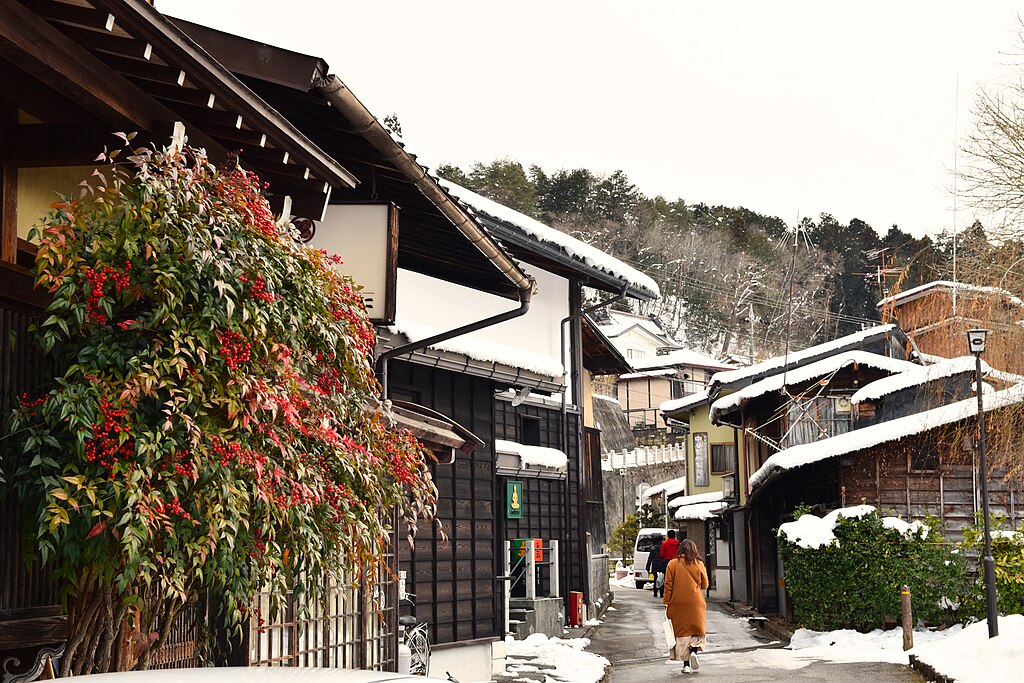
Hida-Takayama, often referred to simply as Takayama, is renowned for its beautifully preserved Edo-period streets. The town’s historic district, with its traditional inns, sake breweries, and craft shops, offers a nostalgic atmosphere. Takayama’s spring and autumn festivals, featuring elaborately decorated floats, are major attractions. The nearby Hida Folk Village showcases traditional thatched-roof houses and rural life.
Nagasaki
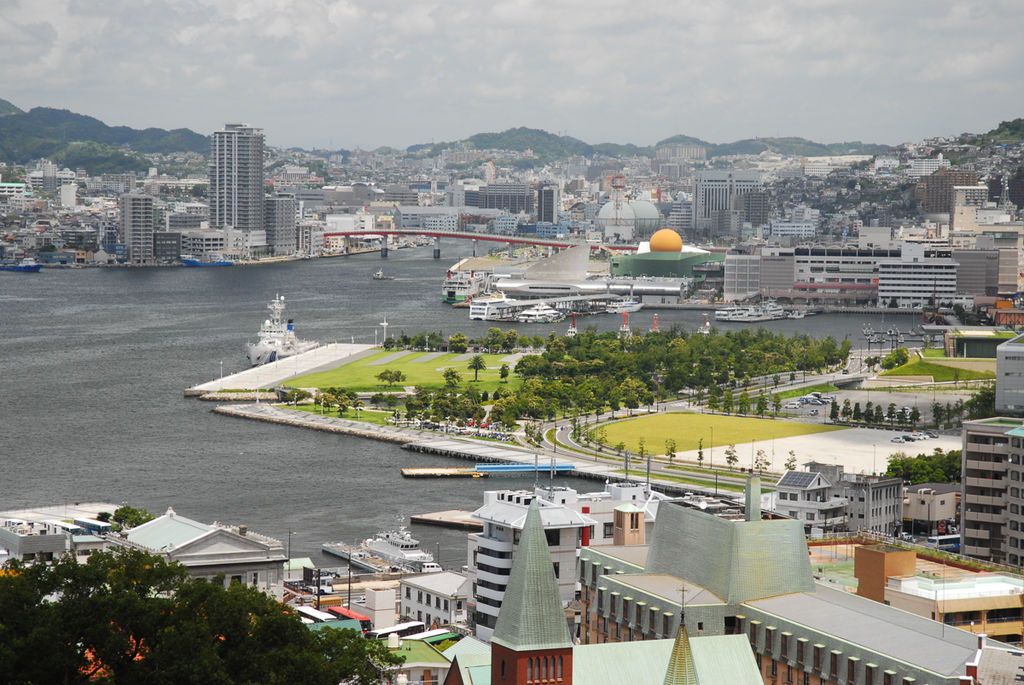
Nagasaki, with its rich history and diverse cultural influences, offers a unique blend of Japanese and Western heritage. The town’s historic sites include Glover Garden, Dejima, and the Nagasaki Peace Park. Visitors can enjoy scenic views of the harbor and explore vibrant neighborhoods like Chinatown. Nagasaki’s diverse cuisine, influenced by its international connections, adds to its charm.
Beppu
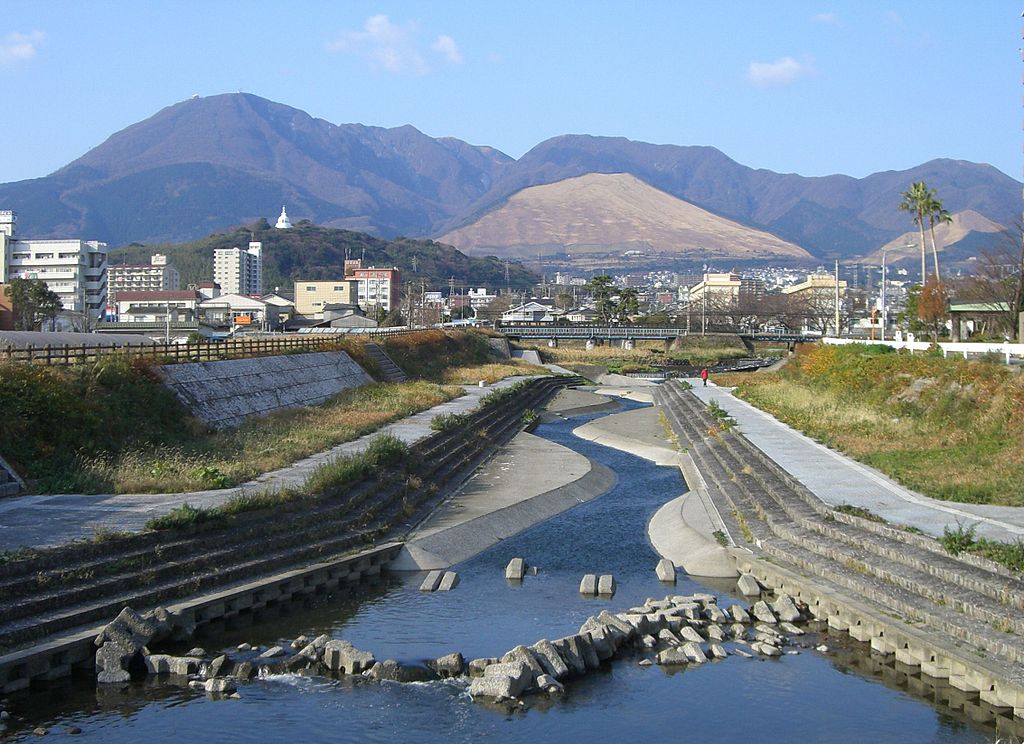
Beppu, located in Kyushu, is famous for its hot springs, or “hells,” which come in various colors and temperatures. The town’s hot spring baths, mud baths, and steam baths offer a unique relaxation experience. Visitors can also enjoy the scenic Beppu Ropeway and Mount Tsurumi for panoramic views. Beppu’s vibrant hot spring culture and natural beauty make it a popular destination.
This article originally appeared on UnifyCosmos.
More from UnifyCosmos
19 Money Missteps That Can Haunt Your Future

Financial mistakes can have long-lasting effects that are hard to shake off. Some errors might seem minor at the moment but can snowball into significant issues over time. Read More
24 Cities Making It Easier for Families To Thrive Financially
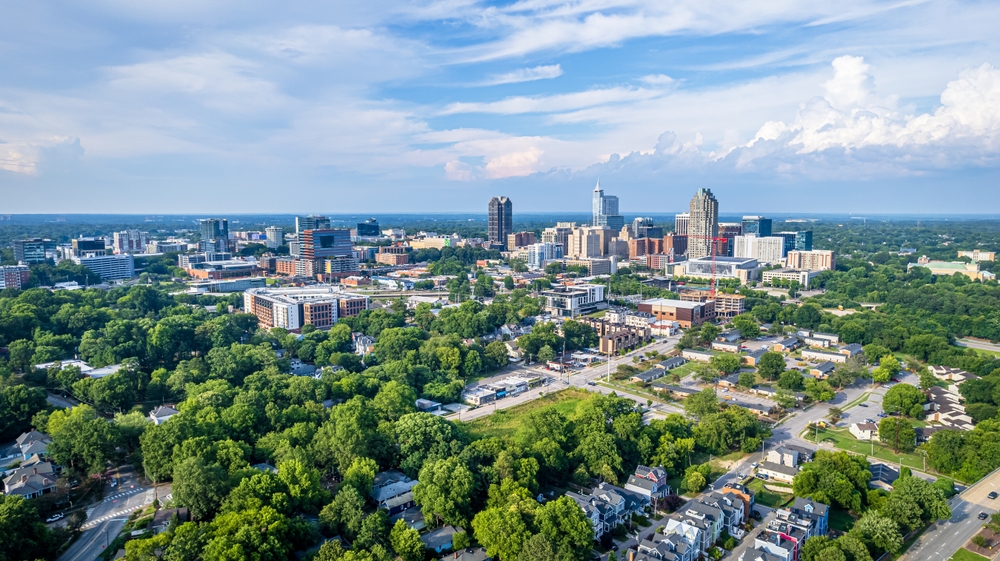
Finding a city where families can thrive financially is a priority for many. Recently, several cities have made significant improvements in this area. Read More
20 Ancient Chinese Myths and Their Lesser-Known Facts

Ancient Chinese myths are rich with stories that have shaped the culture and beliefs of China for centuries. These tales often feature legendary heroes, powerful deities, and mystical creatures that reflect the values and history of the Chinese people. Read More
Leave a Reply